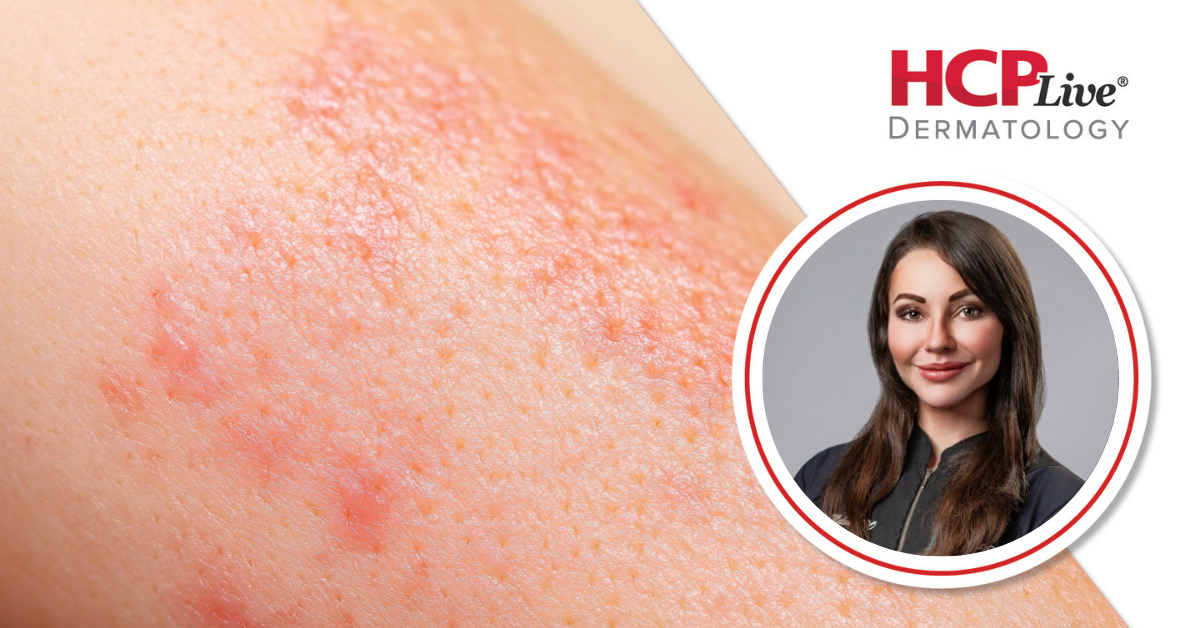The landscape of dermatological treatments is evolving rapidly, particularly with the introduction of Janus kinase (JAK) inhibitors. Since the U.S. Food and Drug Administration (FDA) approved ruxolitinib cream in 2021, these medications have gained significant traction in the field. At the recent 2025 Society of Dermatology Physician Associates (SDPA) Fall Conference in San Antonio, Texas, Dr. Gabriela Maloney, a board-certified dermatologist at Forefront Dermatology, discussed the off-label use of JAK inhibitors in her session titled ‘Off-Label Usage of JAK Inhibitors.’
Dr. Maloney emphasized the advantages of these treatments over traditional immunosuppressants, which often require extensive lab monitoring and can lead to various side effects. “We’re often giving [patients] immunosuppressants that require a lot of lab monitoring, a lot of drug interactions, a lot of potential side effects, and they’re making people feel slightly better, but not completely clear,” she explained. JAK inhibitors, by contrast, target the inflammatory pathways associated with several dermatological conditions more effectively and safely.
Multiple JAK inhibitors, including upadacitinib, baricitinib, abrocitinib, and deucravacitinib, have received FDA approval in recent years. During her presentation, Dr. Maloney provided an overview of the mechanism of action of these medications and discussed their application in treating various inflammatory conditions. “By inhibiting JAKs, we’re really kind of toning down the volume of inflammation, but in a very targeted way,” she noted. “We’re not wiping out the immune system. We’re not depleting their white cells, T cells, or B cells. We really are just dialing down that volume knob a little bit lower.”
A significant focus of her discussion involved the JAK-STAT pathway, which is implicated in many inflammatory conditions. Dr. Maloney pointed out that controlling this pathway can lead to better disease management. “A lot of inflammatory conditions have the JAK-STAT pathway involved in them. So by controlling that, we’re able to kind of pinpoint the way that we’re addressing the disease,” she said.
The potential for JAK inhibitors extends beyond common conditions. Dr. Maloney highlighted ongoing phase 2 and phase 3 trials for treatments targeting chronic conditions such as vitiligo and hidradenitis suppurativa, both of which have limited effective treatment options. She also mentioned their potential in treating bullous diseases like bullous pemphigoid, pemphigus vulgaris, and lichen planus. While JAK inhibitors are currently approved for alopecia areata, their use for cicatricial alopecia is still under investigation.
The emerging knowledge about overlapping inflammatory pathways is particularly exciting. Dr. Maloney noted that hair regrowth has been observed among individuals with cicatricial alopecia, suggesting promising avenues for future research and treatment.
As dermatology continues to embrace innovative therapies, the insights shared by Dr. Maloney at the SDPA conference highlight the growing role of JAK inhibitors in providing effective, safer options for patients. To explore more about the topics discussed at the 2025 SDPA Fall Conference, readers can access the latest coverage on our website. The quotes in this summary have been edited for clarity.
